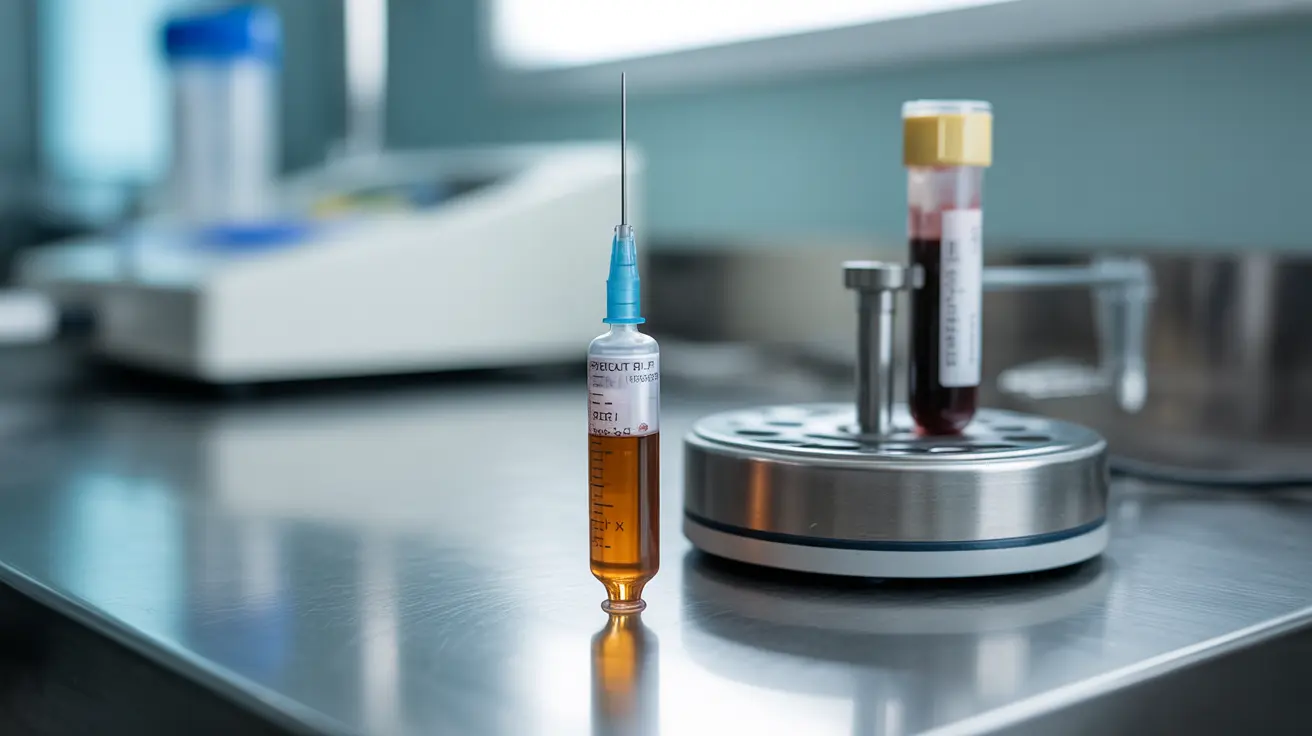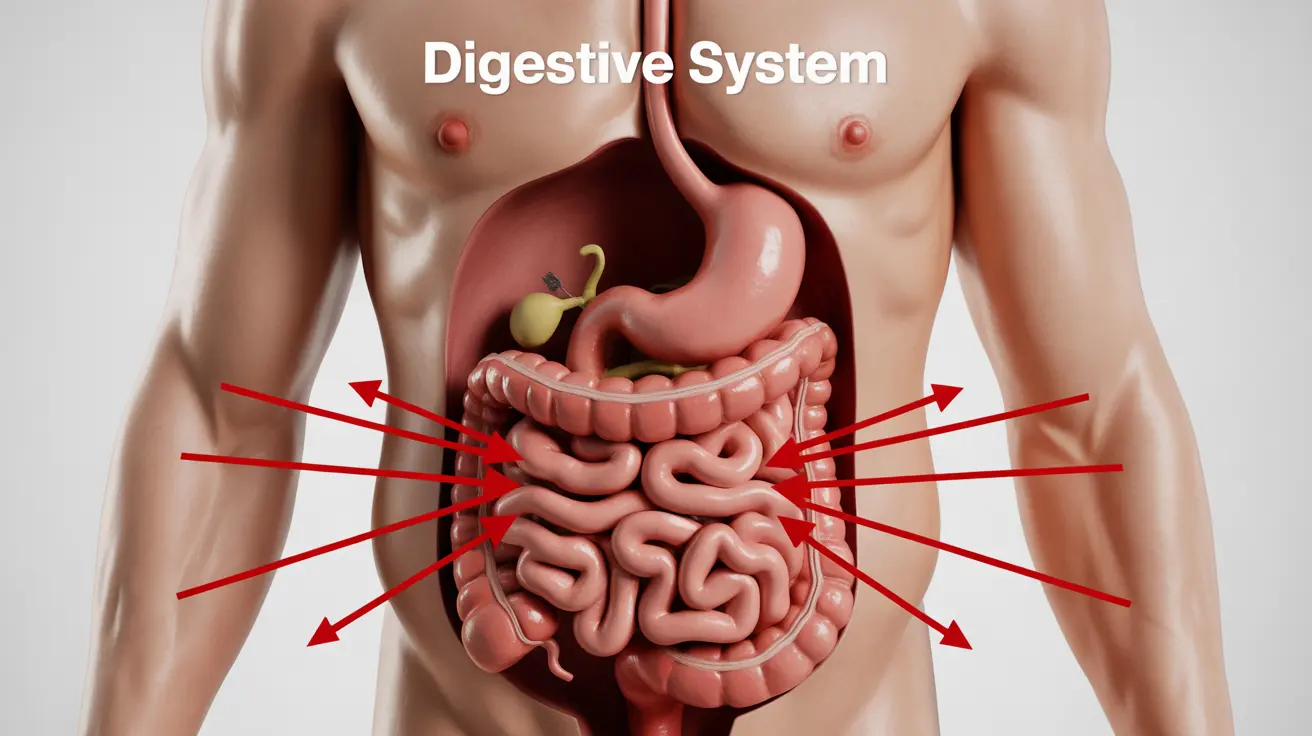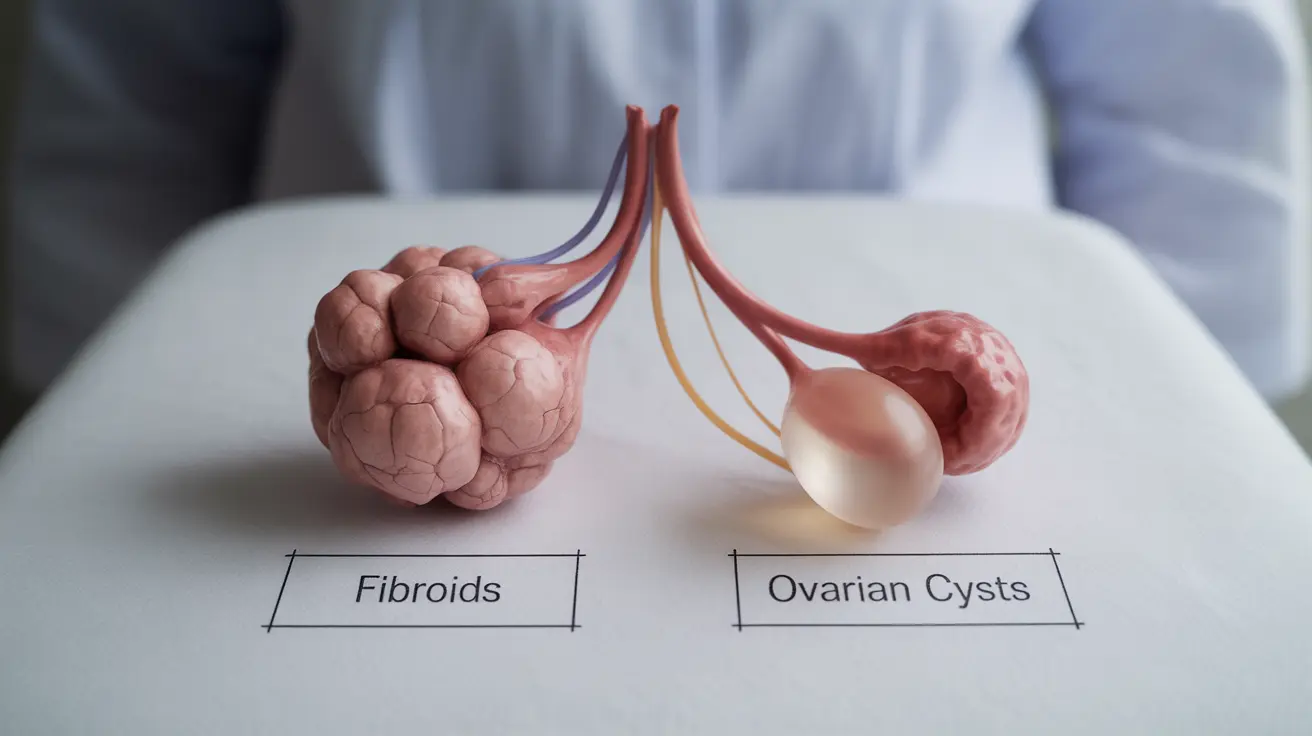Platelet-rich plasma (PRP) injections have emerged as an innovative regenerative treatment option for individuals struggling with chronic orthopedic injuries and persistent joint pain. This cutting-edge medical approach offers a potentially promising alternative for patients who have exhausted traditional treatment methods, utilizing the body's own healing capabilities to address complex musculoskeletal conditions.
As medical science continues to explore advanced healing techniques, PRP injections represent a fascinating intersection of biological healing and modern medical intervention. This comprehensive guide will explore the intricacies of PRP treatment, helping patients and healthcare professionals understand its potential benefits, limitations, and clinical applications.
Understanding PRP Injections: The Basics of Regenerative Medicine
Platelet-rich plasma (PRP) injections are a specialized medical procedure that harnesses the body's natural healing mechanisms. The treatment involves concentrating platelets from a patient's own blood and strategically injecting them into areas of chronic injury or persistent inflammation. These concentrated platelets contain powerful growth factors that may stimulate tissue repair and accelerate the body's healing processes.
How PRP Injections Are Prepared
The PRP procedure follows a precise, carefully controlled process:
- A small blood sample is drawn from the patient
- The blood is processed in a specialized centrifuge
- Platelets are separated and concentrated
- The platelet-rich plasma is carefully prepared for injection
- The concentrated plasma is precisely injected into the targeted injury site
Common Conditions Treated with PRP Injections
PRP injections have shown potential in addressing various chronic orthopedic conditions, including:
- Achilles tendonitis
- Rotator cuff tendonitis
- Tennis elbow
- Patellar tendonitis
- Knee arthritis
- Chronic joint pain
Potential Benefits and Limitations
While PRP injections offer promising potential, it's crucial to understand that the treatment is still considered experimental. Clinical studies have produced mixed results, with some demonstrating significant improvements in healing and pain reduction, while others show limited or inconclusive evidence.
The PRP Injection Procedure: What Patients Can Expect
A typical PRP injection procedure is relatively straightforward and minimally invasive. Most treatments are completed within 30 minutes and performed in a physician's office. Patients are typically advised to:
- Stop using non-steroidal anti-inflammatory drugs (NSAIDs) before and after the procedure
- Arrange transportation if lower extremities are being treated
- Eat a healthy meal and stay well-hydrated
- Prepare for potential temporary discomfort following the injection
Potential Risks and Side Effects
Like any medical procedure, PRP injections carry some risks and potential side effects:
- Temporary increased inflammation
- Localized pain at the injection site
- Minor discomfort during blood drawing and injection
- Slight risk of infection
Certain individuals are not recommended for PRP treatment, including:
- Patients with bleeding disorders
- Individuals on anticoagulant medications
- Cancer patients
- Pregnant women
- Those with active infections
Cost and Insurance Considerations
PRP injections are typically not covered by insurance due to their experimental status. Patients can expect:
- Out-of-pocket costs ranging from $500 to $2,000 per injection
- Potential need for multiple treatments
- Variation in pricing based on treatment area and specific medical facility
Frequently Asked Questions
What conditions can be treated with PRP injections, and how effective are they?
PRP injections are most commonly used for chronic tendon injuries, joint pain, and orthopedic conditions. Effectiveness varies, with some studies showing promising results for tennis elbow, Achilles tendon injuries, and knee arthritis, while others indicate limited improvements.
How do PRP injections work, and what are the benefits and risks?
PRP injections work by concentrating platelets from a patient's blood and injecting them into injured areas. Benefits may include accelerated healing and reduced inflammation, while risks include temporary pain, potential infection, and uncertain long-term outcomes.
Are PRP injections covered by insurance, and what are the typical costs?
Most insurance plans do not cover PRP injections. Patients typically pay out-of-pocket, with costs ranging from $500 to $2,000 per injection, depending on the treatment area and medical facility.
What are the common side effects of PRP injections, and how long do they usually last?
Common side effects include temporary increased pain and inflammation, typically lasting 1-2 days. Some patients might experience minor discomfort at the injection site, which generally resolves quickly.
How do PRP injections compare to other treatments for chronic joint pain and tendon injuries?
PRP injections are considered an experimental treatment. While they show potential, they are not definitively proven more effective than traditional treatments like physical therapy, corticosteroid injections, or surgical interventions. Patients should consult healthcare professionals to determine the most appropriate treatment strategy.
As medical research continues to evolve, PRP injections represent an exciting frontier in regenerative medicine, offering hope for patients seeking alternative approaches to managing chronic injuries and persistent pain.




